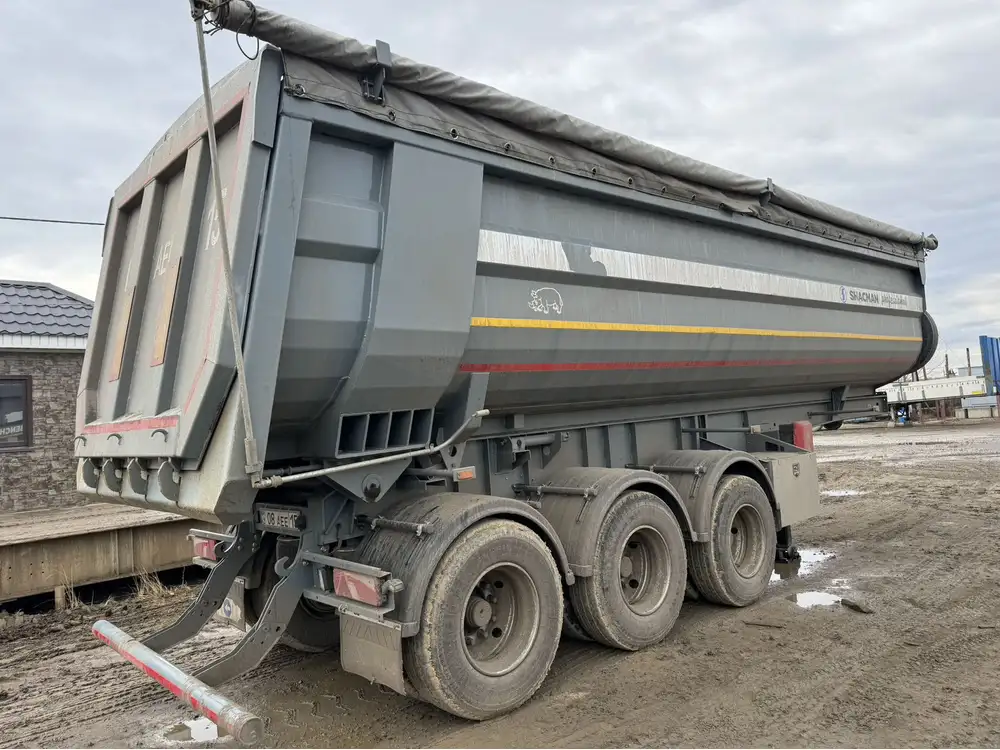When addressing agricultural logistics and transportation, particularly in the corn industry, the question arises: How many bushels of corn fit in a semi-trailer? This inquiry can greatly influence logistics planning, operational efficiency, and ultimately, profitability within the agricultural sector. In this comprehensive guide, we will delve into variables influencing semi-trailer capacity, effective loading techniques, and practical applications of this knowledge.
The Basics: Semi-Trailer Dimensions and Capacities
To accurately assess how many bushels of corn can fit into a semi-trailer, one must first understand the standard dimensions of these trailers. Semi-trailers are predominantly categorized into three types when it comes to transporting bulk cargo:
- Flatbed Trailers: Ideal for transporting heavy, oversized loads but less common for grain transport.
- Tarped Trailers: Commonly used for agricultural products, designed to protect the cargo from weather elements.
- Enclosed Trailers: While these trailers provide additional protection, they are not typically used for bulk grains.
Standard Dimensions
The dimensions of a semi-trailer vary, but let’s consider the most common size, the 53-foot trailer. The specifications can be outlined as follows:
| Dimension | Measurement |
|---|---|
| Length | 53 feet |
| Width | 8.5 feet |
| Height | 13.5 feet |
| Volume | 3,200 cubic feet |

Weight and Volume Calculations
Corn typically weighs about 56 pounds per bushel. Therefore, calculating the maximum bushels transported becomes a matter of understanding both volume and weight capacities:
Volume Estimate: Assuming corn occupies about 90% of total trailer space when packed efficiently, we can utilize the following formula for cubic feet:
[ \text{Bushels of Corn} = \frac{\text{Total Volume (cubic feet)} \times 0.90}{1.244} ]Where (1.244) cubic feet per bushel is the average space occupied by a bushel of corn.
Weight Estimate: The Gross Vehicle Weight Rating (GVWR) for a typical semi-trailer can reach approximately 80,000 pounds. Therefore, to calculate how many bushels can fit weight-wise:
[ \text{Max Bushels} = \frac{80,000 \text{ lbs}}{56 \text{ lbs/bushel}} \approx 1,428 \text{ bushels} ]
This suggests that under ideal weight conditions, a 53-foot semi-trailer could haul around 1,428 bushels of corn.
Adjusting for Real-World Conditions
While numbers provide a useful guideline, several real-world factors must be considered to get an accurate estimate:
Moisture Content: Corn moisture levels can affect weight significantly. Wet corn may weigh more, reducing the total bushels transported. It’s critical to assess the moisture level and adjust loading accordingly.
Loading Efficiency: Efficient loading techniques can impact how many bushels fit. Using grain bins and augers effectively can minimize wasted space in the trailer.
Legal and Safety Regulations: Familiarize yourself with state laws regarding load limits, as exceeding these can lead to fines or potential hazards on the road.
Best Practices for Maximizing Corn Load in Semi-Trailers
To ensure optimal loading for corn transport, we should employ a few important practices:

Utilize Proper Equipment
- Grain Augers: These machines help transfer corn from grain bins to the semi-trailer efficiently, minimizing spillage.
- Scales: Regularly weigh the load to confirm compliance with weight regulations, optimizing transport margins.
Monitor Environmental Impact
- Weather Conditions: Wet or dry conditions affect the loading process and should be monitored closely.
- Grain Quality: Ensure that stored corn remains ventilated and protected from moisture to maintain quality and weight.
Practical Applications: Planning for Transport

Scheduling and Routing
Efficient transport logistics involves not only the quantity loaded but also optimizing routes for cost-effective delivery.
| Factor | Description |
|---|---|
| Distance to Destination | Longer routes may incur additional fuel costs. |
| Road Conditions | Poorly maintained roads may lead to delays or increased wear on vehicles. |
| Delivery Time | Scheduling around harvest times ensures swift delivery post-harvest. |
Cost Analysis
By understanding the economics behind semi-trailer corn transport, one can analyze costs in relation to bushel output:
- Fuel Prices: Calculate costs based on average miles per gallon for the truck, considering varying distances.
- Insurance and Maintenance: Assess ongoing costs associated with the semi-trailer to establish a comprehensive transport budget.
Conclusion: Maximizing Efficiency in Corn Transport
In conclusion, understanding the capacity of a semi-trailer pertaining to how many bushels of corn it can hold is essential for agricultural logistics. While a standard 53-foot trailer can typically accommodate between 1,300 to 1,400 bushels based on weight and volume considerations, industry professionals must adapt to real-world influences such as moisture content, loading methods, and legal regulations.
Engaging in careful planning, implementing best practices, and keeping abreast of economic factors such as fuel prices and maintenance will ensure that corn transportation remains efficient and profitable. By following these principles, companies and farmers alike can maximize their operational effectiveness, streamline the transportation process, and ultimately enhance their bottom line within this critical sector of agriculture.
In summary, knowledge coupled with strategic action will empower those in the field to not only answer the question of how many bushels of corn fit in a semi-trailer but to also leverage that knowledge into operational excellence.



